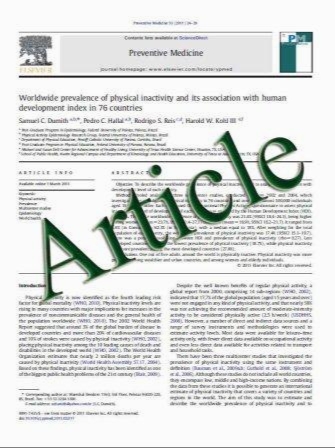Histology of the digestive tract of the freshwater stingray Himantura signifer Compagno and Roberts, 1982 (Elasmobranchii, Dasyatidae)
- نوع فایل : کتاب
- زبان : انگلیسی
- مؤلف : Kannika Chatchavalvanich Æ Ricardo Marcos Jintana Poonpirom Æ Amara Thongpan Eduardo Rocha
- چاپ و سال / کشور: 2006
Description
We investigated the histology and histochemistry (of carbohydrates and proteins) of the digestive tract of the freshwater stingray Himantura signifier. The alimentary tract consists of a mouth, pharynx, esophagus, stomach (with a descending cardiac and ascending pyloric part), anterior intestine (with an initial portion and a spiral intestine) and posterior intestine, ending in a cloaca. Histologically, three layers—mucosa, muscularis and adventitia/serosa—were defined from the mouth to esophagus and in the posterior intestine, whereas in the stomach and anterior intestine four layers were present, including a submucosa. The epithelial lining of mouth, pharynx and cloaca was of the stratified cuboidal type, whereas that of the esophagus and posterior intestine was stratified columnar. The stomach and anterior intestine were lined by a simple columnar epithelium with microvilli. Goblet cells were observed along the alimentary tract, except in the stomach. In the descending cardiac portion of this organ, gastric glands composed of oxyntic, oxyntic–peptic and peptic cells were observed. The anterior intestine presented a spiral valve with 11 folds, formed by mucosa and submucosa. The posterior intestine was particular in displaying a three-layered muscularis. Mucosubstances secreted along the alimentary tract contained both neutral and acid mucins, but in the stomach only neutral mucins were detected. The stomach presented intense protein content in the epithelial lining of the gastric pits. Enteroendocrine cells were identified in the stomach and intestine. Overall, our data offer a baseline for comparative purposes and future detailed ultrastructural and immunohistochemical studies.
Anat Embryol (2006) 211: 507–518 Accepted: 20 April 2006 / Published online: 17 June 2006


